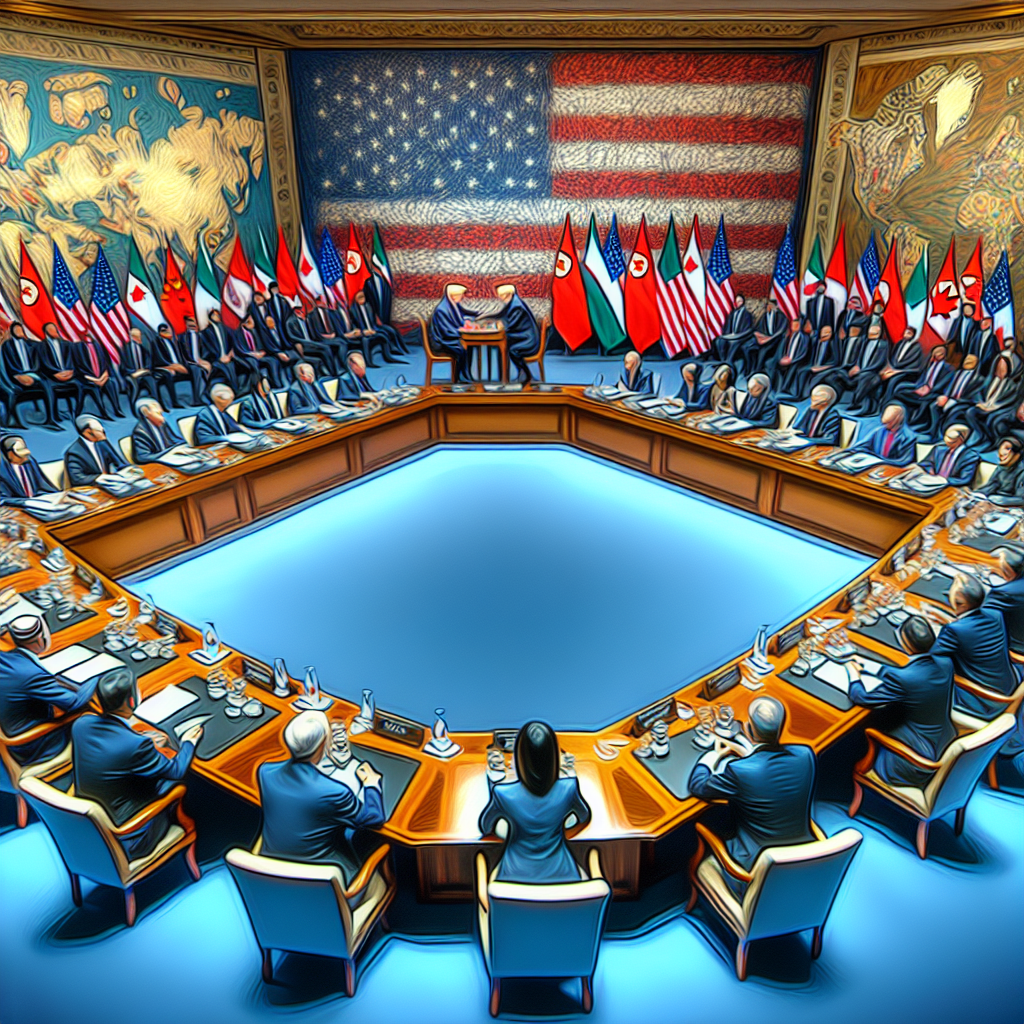In a recent high-level meeting between China and the United States held in Geneva, Switzerland, the two sides reached a consensus to reduce tariffs by 115%. However, the outside world remains cautiously optimistic about this agreement. Experts believe that the structural friction between the US and China is difficult to resolve, and the risk of additional tariff increases still exists. President Trump has not let go of China, retaining many means of sanctioning the Chinese Communist Party, so the idea that China has emerged victorious is absurd.
On Monday (May 12th), both China and the US issued a joint statement announcing a 90-day suspension of equivalent tariffs. China agreed to reduce its import tariffs on American goods from 125% to 10%, while the US agreed to reduce import tariffs on Chinese goods from 145% to 30%.
According to a summary released by the White House on Monday, the US will cancel the additional tariffs imposed on China on April 8th and 9th, 2025. However, all the tariffs imposed before April 2nd, 2025, including Section 301 tariffs, Section 232 tariffs, tariffs imposed under the International Emergency Economic Powers Act targeting fentanyl-producing countries, and most favored nation tariffs, will remain in effect.
Kevin Liu, an analyst at China International Capital Corporation, cited by Wall Street, noted that the current tariff rate imposed by the US on China is 50%. The previous calculation was 165% including 20% in 2018, and 145% due to various factors. The current rate amounts to 50%.
The Chief Economist for ING Bank in Greater China, Song Lin, stated to BBC Chinese that reducing tariffs on China to 30% is sufficient to bring bilateral trade activities back to normal. At this level, exporters, importers, and consumers will all share the impact of tariffs, with overall trade activities expected to resume.
President Trump mentioned at the White House on Monday that this serves as a restart to trade negotiations between the two countries. If no agreement is reached in the future, tariffs on China may be increased, but they won’t reach 145%. He also stated that a further discussion on US-China trade negotiations might take place with Xi Jinping, the leader of the Chinese Communist Party may happen “perhaps over the coming weekend.”
In terms of negotiation content, Trump revealed that Beijing has agreed to fully open the Chinese market and remove non-tariff trade barriers. It’s important to note that the agreement to suspend additional tariffs does not include automobiles, steel, aluminum products, and pharmaceuticals that may face future taxation.
Regarding these developments, China expert Wang He told Dajiyuan that Trump’s statements indicate that the negotiation meets the US expectations, making him relatively satisfied. China made significant concessions and was ultimately guided back to the negotiation table with the US.
Sun Guoxiang, an associate professor specializing in International Affairs and Business at Nanhua University in Taiwan, told NTD that the progress of the Geneva negotiations between the US and China is driven by tactical adjustments to a crisis, not a strategic shift. With China’s economic pressures such as a bursting real estate bubble, local debt crises, and shrinking exports, the country is unable to sustain a prolonged trade war.
In terms of future negotiations, Trump’s economic advisor, Kevin Hassett, indicated that Beijing is eager to reach an agreement after the US-China talks concluded. In reality, the US has clear goals in mind. Reuters reported that the US aims to reduce its trade deficit with China by up to $295 billion, urging Beijing to abandon what the US labels as a “mercantilist economic model,” and encourage China to boost domestic consumption for global economic rebalancing.
Looking ahead, areas of focus in future negotiations will likely include China’s request to cancel the 20% fentanyl tariffs and the US’s request for a reduction in equivalent tariffs from China, alongside demands for China to open its market and purchase US goods. The extent to which Beijing is willing to compromise remains to be seen.
In summary, despite the temporary suspension of equivalent tariffs, China continues to face significant pressure with a 50% tariff on its goods. The US has not loosened its stance towards China. The next phase of negotiations will hinge on both parties making concessions in various areas, including market access, trade balance, and structural reforms, building on the foundation of the Phase One trade agreement signed in 2020.

